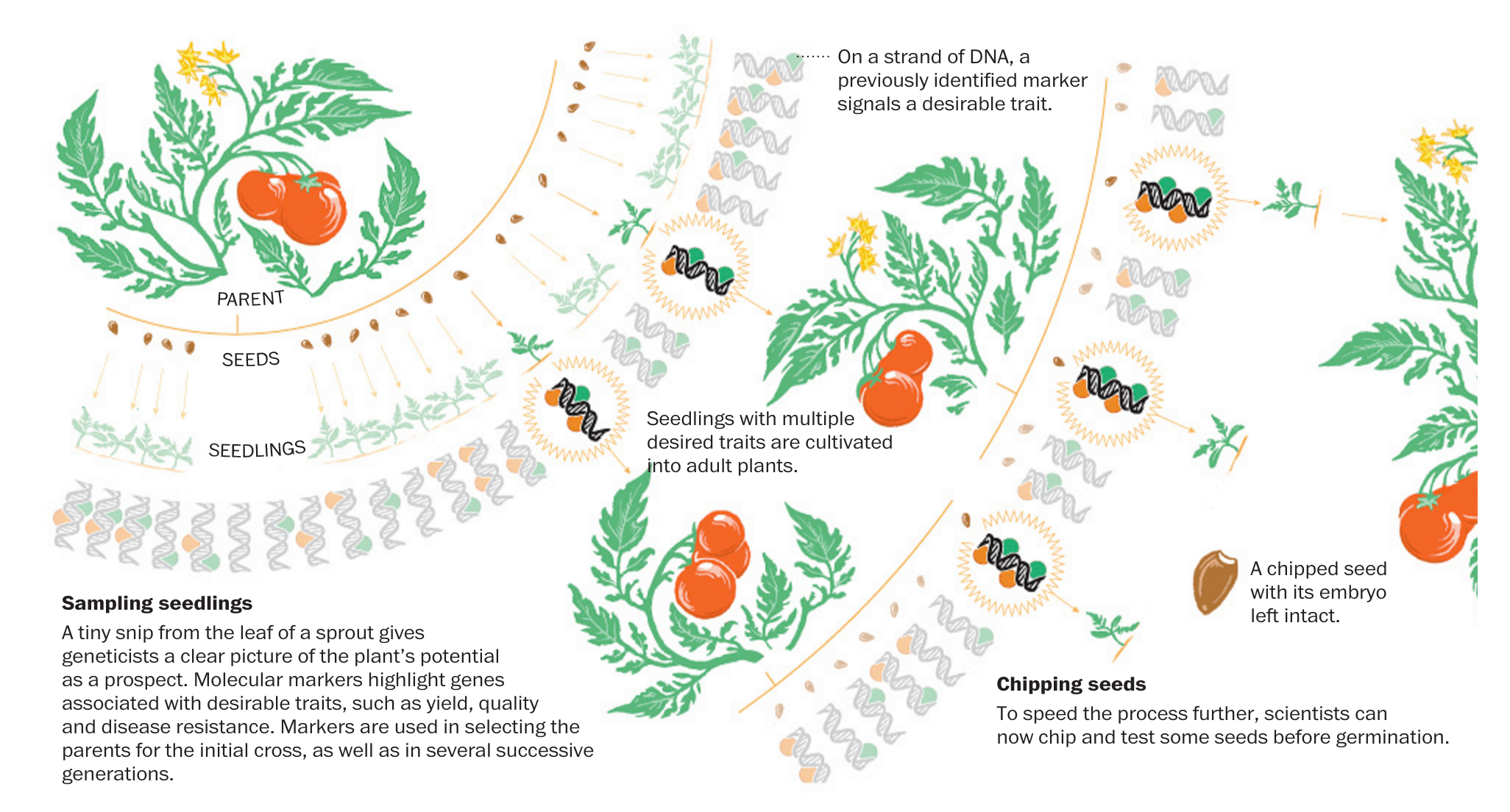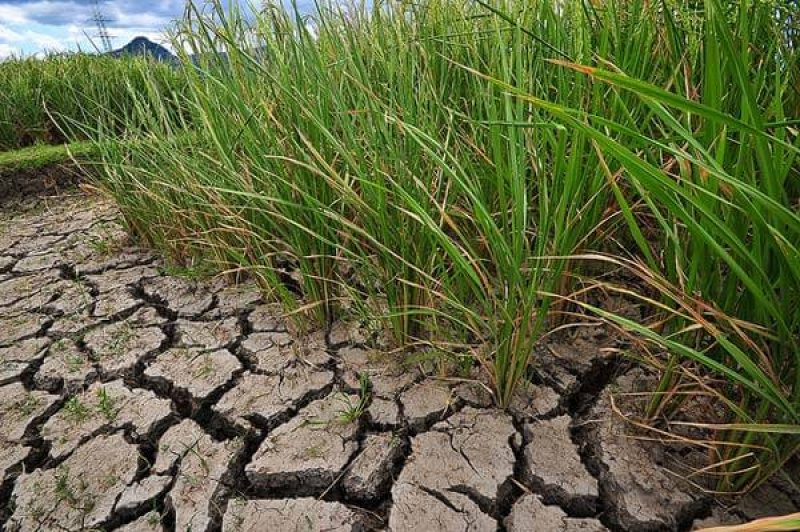The talk over rice production and genetics has been dominated by “Golden Rice,” the bioengineered rice variety that was enhanced to produce Vitamin A. While this rice variety has the promise to cure up to 500,000 annual worldwide cases of blindness due to Vitamin A-deficient diets, it has yet to make it to the marketplace.
Meanwhile, two other genetically engineered herbicide-resistant varieties of rice remain approved for use in the United States but have not been adopted commercially. Mexico, Canada, Australia, Colombia, and China also have approved varieties of genetically modified rice but the strains have not been embraced by farmers or consumers. Why?
There are several reasons for this lack of adoption, but one (particularly in the Golden Rice case) has been insistence from anti-GMO activist groups that genetically engineered rice is harmful. On its website, Greenpeace International states its opposition to the technology:
But behind the hype, GE ‘Golden’ rice is environmentally irresponsible, poses risks to human health, and could compromise food, nutrition and financial security. GE ‘Golden’ rice has been in development for over 20 years. The tens of millions of dollars invested in GE ‘Golden’ rice would have been better spent on VAD solutions that are already available and working, such as food supplements, food fortification and home gardening.
But what alternatives do breeders and farmers have? Are there other ways to make a rice kernel that is better adapted for a changing environment?
It turns out that there are alternatives — using traditional breeding techniques and even other non-transgenic, but nonetheless modern genetic techniques that (so far at least) are met with approval from anti-GMO activists. These methods are arguably slower and less precise than transgenic approaches however, which makes the future of rice breeding a good example to illustrate a broader, technological challenge for future generations of rice and other crops.
More than one way to breed a paddy
First, the alternative breeding methods.
The International Rice Research Institute, based in Los Baños, Philippines, conducts a great deal of experiments on rice breeding and growing, and about 95 percent of those tests do not use transgenic technology. Arvind Kumar, a senior scientist who leads rain-fed lowland South Asian breeding projects at IRRI, explained that they are collaborating with other researchers and governments to conduct work on improving yield, tolerating drought and submergence, and handling higher salinity levels. Some of their experiments include:
- Submergence tolerance: The SUB1 variety of rice, which can thrive even if submerged underwater. The SUB1 gene was bred into varieties of high-yielding rice to produce offspring that could maintain high yields during longer periods of submergence. This variety has been released commercially and has been growing on two million hectares (4.9 million acres), mainly in Southern and Southeast Asian regions where flooding is a growing problem.
- Drought tolerance: Researchers have identified genes using an identification process with QTL genes. IRRI and the Indian Council and Agricultural Research recently released nine drought-tolerance strains of rice to Indian farmers.
- Combining traits: IRRI is combining submergence, salinity tolerance, and drought tolerance through marker assisted breeding. “There are many portfolios where people are trying to double up varieties which combine tolerance to various stresses. We’re using marker assisted breeding, in areas where drought, temperature and other stresses,” Kumar said.
- Identifying genes: IRRI and the Chinese Academy of Agricultural Sciences recently completed the sequencing of 3,000 rice genomes, which are now housed in gene banks run by IRRI and CAAS. Currently, IRRI holds a collection of 121,000 types of rice and breeders have used only five percent of the germplasm available for breeding efforts.
Over in the United States, the USDA’s Agricultural Research Service (ARS) is also funding (and conducting) work on improving rice quality, yields, and other traits.
- The ARS will genotype several varieties of rice that have historically been grown in the American south. The group will then compare traits that may improve yields in spite of the environmental pressures brought about by climate change.
- The ARS is working with researchers to find a molecular marker for Pi9, the gene for rice blast resistance. Knowing the DNA sequence of the various polymorphisms of this gene would be valuable so rice breeders could quickly identify which varieties of rice carry the trait for blast resistance, a harmful fungal infection.
- In October, ARS funded $1 million to Texas A&M University and others to help boost yields of organic rice. Organic rice poses particular challenges because it “can mean providing a feast for insects, diseases and weeds,” the university stated in a release.
Like IRRI, the ARS isn’t doing much research on transgenic crops. There are several reasons for this. According to IRRI’s Kumar:
We have to follow rules and regulations of those countries. We’re working with those legal frameworks. We try to take a balanced solution. We don’t think there is just one method. We need more convincing argument that in those cases that a transgenic is only viable solution. We’ve never said “no” to transgenics, but for the work we put into a project, we look to see how the project will be approved. (Emphasis added).
And according to ARS’ Anna McClung, director of the USDA’s Dale Bumpers National Rice Research Center:
Essentially all of the rice breeding or genetic improvement for the purpose of producing varieties that is done in the public sector in the USA is done through traditional or marker-assisted breeding methods(i.e. no transgenics). Breeders focus on the traditional traits — yield, grain cooking, milling, and processing quality, disease resistance, and lodging resistance.

Experiencing technical difficulties
There’s another technical and structural problem with transgenic rice breeding and research. According to McClung, the new generation of transgenics are more challenging:
A new effort being put towards (human) nutritional improvement, tolerance to extremes in temperatures, production under reduced water availability, salinity, and reduced greenhouse gas emissions. These latter “abiotic stress” traits are complexly inherited, less is known about them, and they can be difficult to measure accurately — thus progress is expected to be slower than for some other traits. (Emphasis added).
In fact, scientists at the University of Guelph proposed that a new type of research structure is needed to further these new crops. Since academic researchers and even government-run labs don’t have the financial capacity, time or physical space (sometimes) to conduct what are often 20-year studies with non-transgenic techniques on complex traits, they recommended that a public-private partnership network be established, which combines the resources of agribusiness and the public sector.
Andrew Porterfield is a writer, editor and communications consultant for academic institutions, companies and non-profits in the life sciences. He is based in Camarillo, California. Follow @AMPorterfield on Twitter.































